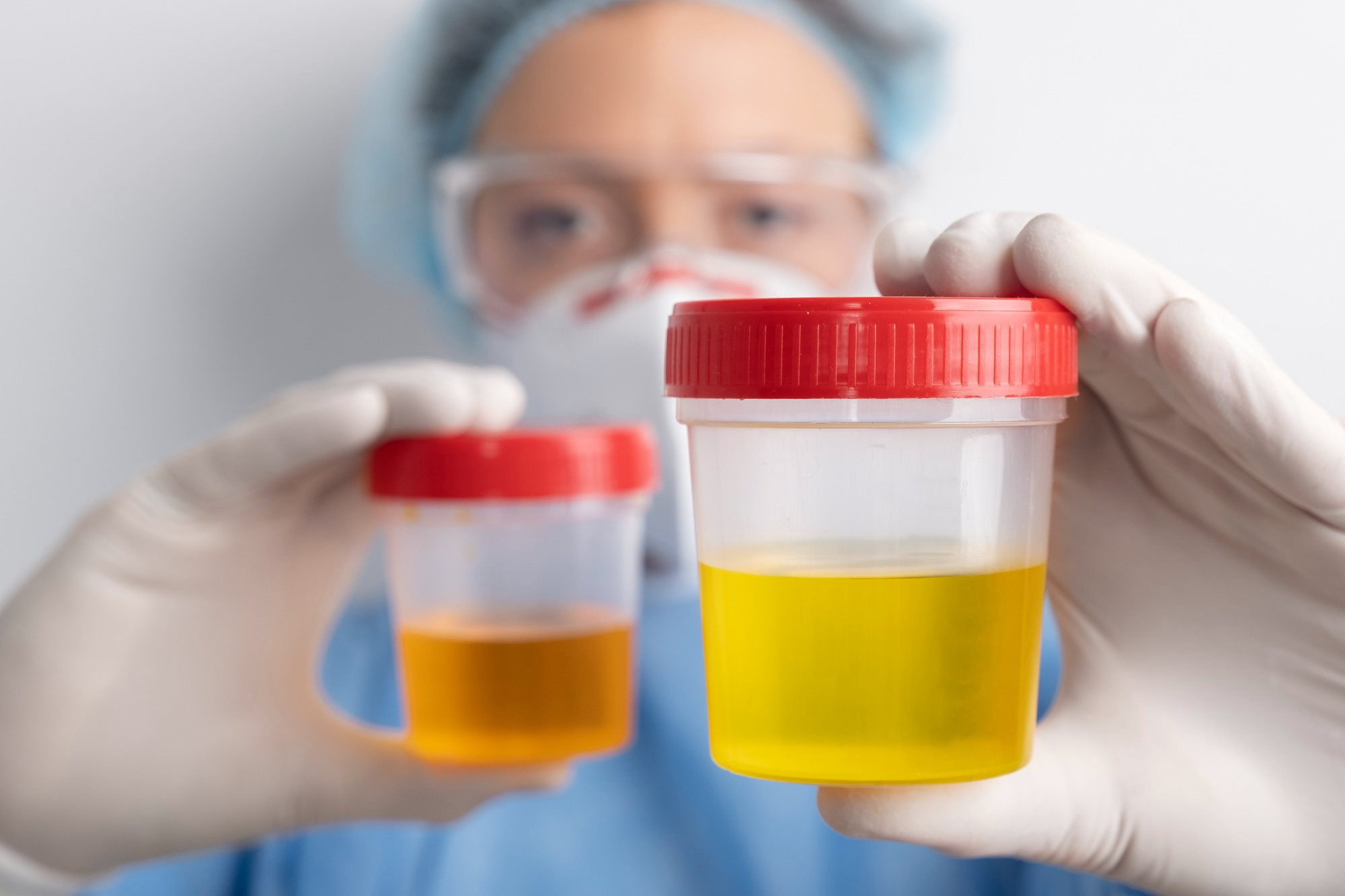
Collecting and storing urine samples at home can be a crucial part of medical diagnosis and monitoring. Whether you’re collecting a sample for a routine check-up, or pregnancy test, or monitoring a specific condition, it is essential to follow proper procedures to ensure accurate results. In this article, we will provide you with valuable tips on how to collect and store urine samples correctly in the comfort of your own home.
Prepare in advance:
Before collecting a urine sample, it’s essential to gather all the necessary supplies. These may include a clean, sterile container with a tight-fitting lid, disposable gloves, clean wipes, and clear instructions from your healthcare provider. Ensuring you have everything ready will help streamline the process and reduce the risk of contamination.
Follow hygiene practices:
Maintaining good hygiene is crucial when collecting a urine sample. Start by washing your hands thoroughly with soap and water to minimize the chances of introducing external contaminants. It’s also recommended to clean your genital area with mild soap and warm water before collecting the sample.
Midstream urine collection:
For most diagnostic purposes, a midstream urine sample is preferred. To collect a midstream sample, start urinating into the toilet, then pause momentarily and position the collection container under the stream to collect the required amount (as advised by your healthcare provider). This method helps minimize the presence of bacteria or substances that may be present in the initial part of urination, providing a more accurate sample.
Avoid touching the inside of the container:
When collecting the urine sample, make sure to avoid touching the inside of the container or the rim with your hands or any other object. Touching the inside of the container may introduce bacteria or other contaminants that can compromise the accuracy of the results.
Collect the recommended amount:
Collect the required amount of urine as specified by your healthcare provider. Usually, a small to moderate amount is sufficient for testing purposes. Be careful not to overfill the container, as it can lead to leakage or make the sample difficult to transport.
Securely close and label the container:
After collecting the urine sample, ensure that the container’s lid is tightly closed to prevent any leakage. It’s also essential to label the container with your name, date, and any other information requested by your healthcare provider. Proper labelling helps avoid confusion and ensures accurate identification of the sample.
Proper storage and transportation:
Follow the specific instructions provided by your healthcare provider regarding the storage and transportation of the urine sample. In most cases, storing the sample in a cool, dry place away from direct sunlight is recommended. If a delay is expected between collection and delivery, refrigeration may be necessary to maintain sample integrity. Make sure to transport the sample to the designated laboratory or healthcare facility promptly and within the specified time frame.
Conclusion:
Properly collecting and storing urine samples at home is essential for accurate medical diagnosis and monitoring. By following these tips, you can ensure that your urine sample maintains its integrity and provides reliable results. Remember to consult your healthcare provider for specific instructions tailored to your situation.
For more such articles, visit https://blog.phleboindia.com/
Refs
Stay updated with your health, and book a lab test with PhleboIndia today.
Download our app here:
Android app – http://bit.ly/3XRsXzt
IOS app – https://apple.c
Get a 75%* Discount on all lab tests from any lab in your city
Use Code: PHLEBOINDIA

